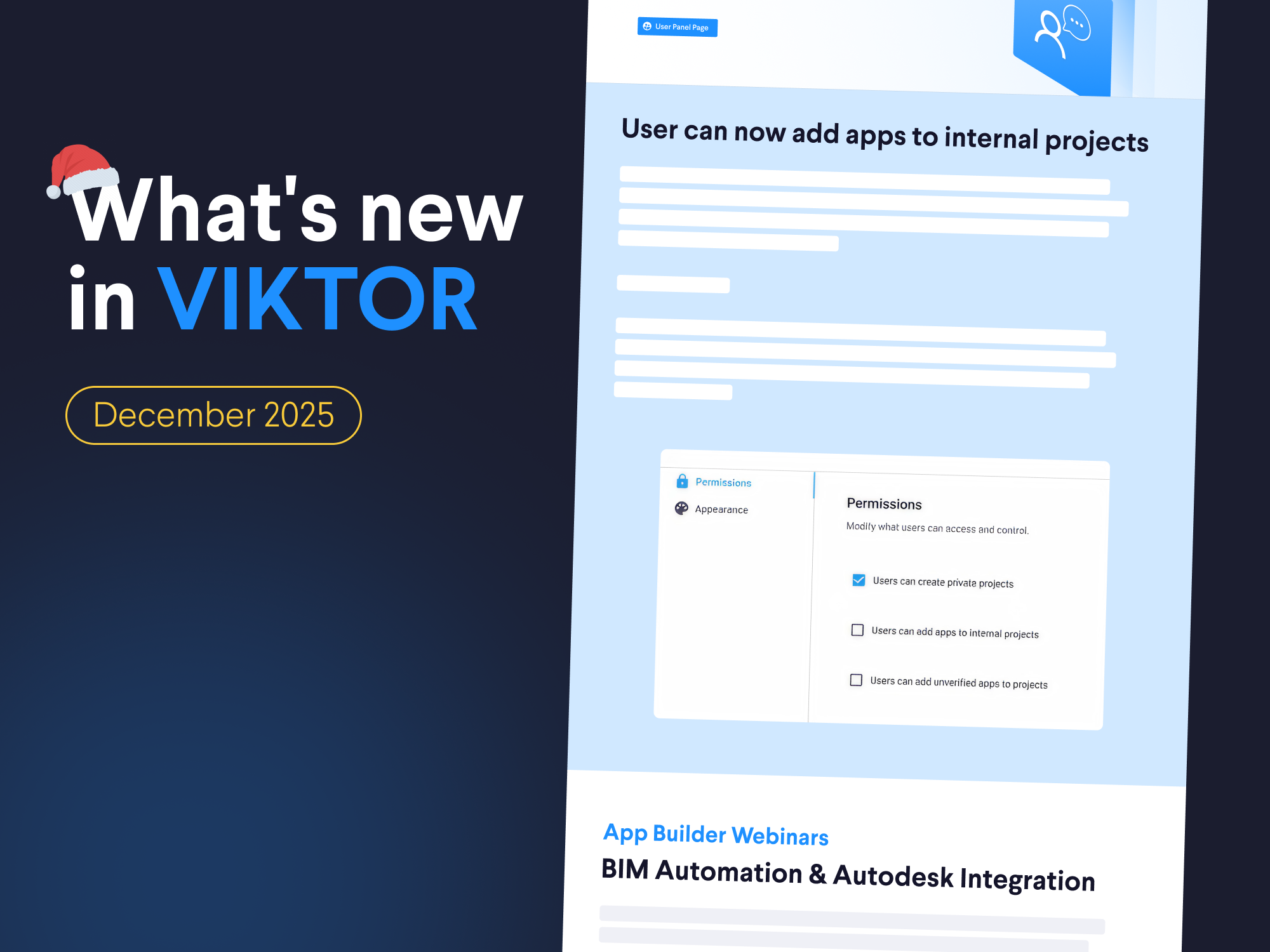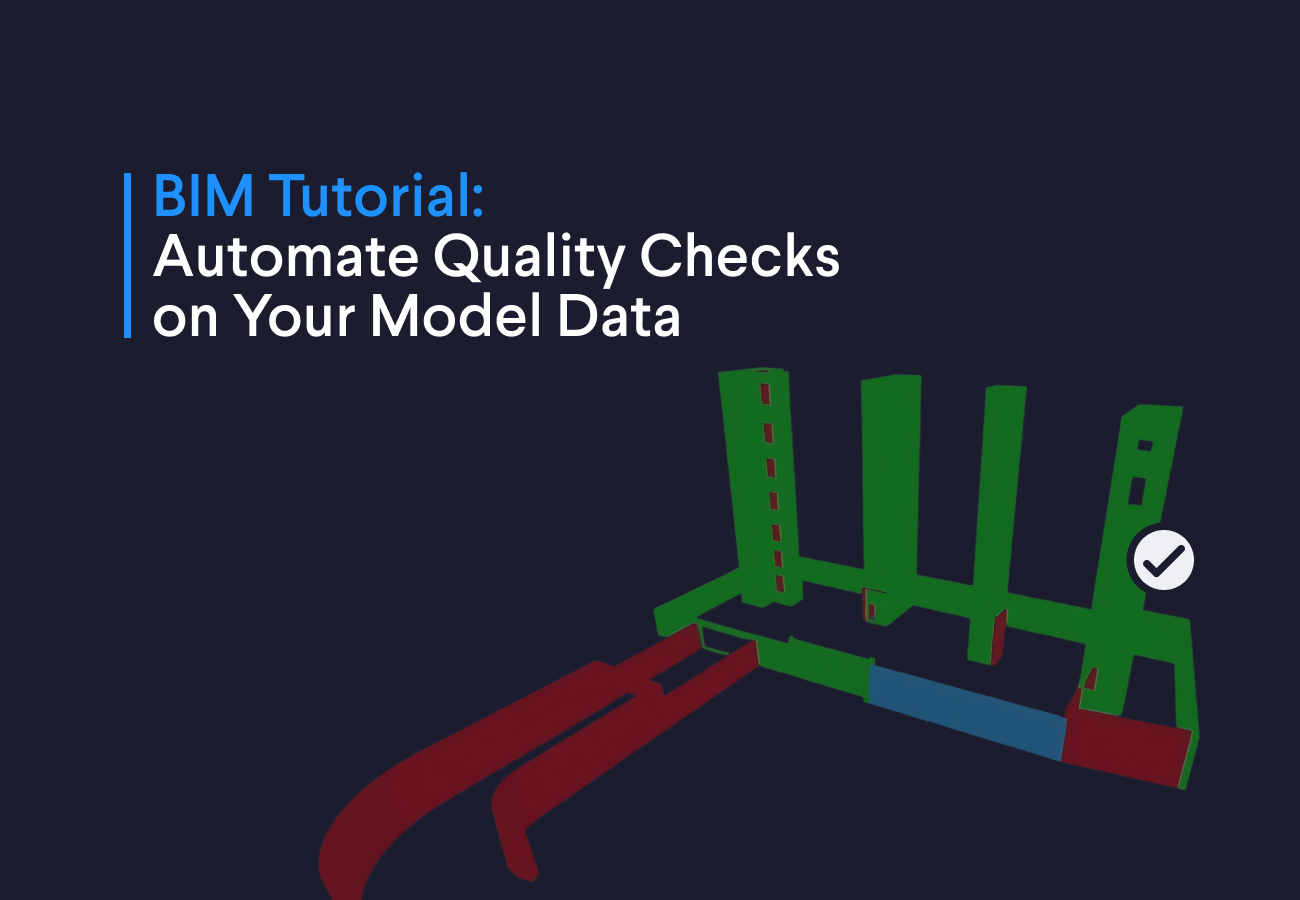July 29, 2024
Build a business case for engineering automation in 6 steps

by Anande Bergman


Download the White Paper and get INSPIRED
In this whitepaper, we present a framework for engineering automation that helps you understand how you can create automation initiatives that generate real impact within your organization.
1. Identify the need for automation
Start by pinpointing those repetitive, boring tasks that eat up your time. Whether it's data entry, updating models, post processing results, or generating reports, these are prime candidates for automation. Keep track of how much time these tasks take.

For example, if you spend two hours a day on a task, that’s 10 hours a week you could be using more productively. Explain how automating these tasks will free up your time for more important work or increasing billability. This kind of shift can lead to faster project completions and higher quality outcomes.
We know it can be difficult to just start somewhere. That's why our team created this (template)[https://www.viktor.ai/white-papers/guide-organize-discovery-session] which you can use to pinpoint, share, and prioritize different ideas and determine who needs to be involved.
2. Build a compelling Business Case
Before you do anything else, you must know for yourself the value of your automation tool. The best way to start is by creating a compelling business case, which consists of four main steps.

1. Crunch the numbers
Estimate the time and money you’ll save with automation. Let’s say your time is worth $50 per hour, and automating a task saves you 500 hours a year. That’s $25,000 saved per engineer annually. Multiply that across everyone in your team that could use your tool, and you’re looking at substantial savings.
2. Determine the return on investment
After you know the resources you’ll save, you must estimate the effort it takes to successfully roll out your automation. For example, if you already have some scripts lying around, building a user-interface for those is relatively little effort. Starting a large project from scratch? Then it will take significantly more time to come to an end-product.
In the end, you need to figure out if what you'll save in time and money is worth the investment required to build your automation tool. You can do this with a return-on-investment (ROI) calculation:
ROI = (Value – investment) / investment
3. Consider other benefits
Not all your automation tool's benefits can be measured in time or money, but they add weight to your case regardless. When presenting your case, talk about these benefits rather than the technical features. Consider how it positively affects colleagues or clients and get their feedback to make the benefits more specific and understandable.
For example: "If I create a user-friendly app to automate the design of foundations, 5 sales colleagues can create and update quotes in minutes instead of having to wait for 2 weeks. This helps because slow response times are costing us deals."
Here are some examples benefits:
-
Doing more relevant work: Automating X allows time for Y, a long-term management goal.
-
Flexibility and speed: Colleagues get results instantly, instead of waiting for it for days or weeks.
-
Scalability: A user-friendly tool enables more people to perform tasks only you could do before.
-
Better designs and happier clients: Faster, higher-quality results make designs/products more competitive and clients more satisfied.
4. Align with business goals
Tie your automation project to the company’s goals. Are they looking to cut costs, speed up delivery times, increase billability, reduce carbon emissions or improve quality? Show how your project helps meet these objectives. For example, faster project turnaround can give your company a competitive edge in the market.
3. Understand stakeholders
Once you have created a compelling business case, you will have to convince stakeholders of the value of your automation as well.

First, identify who has the power to green-light your project. This could be department heads, project managers, or the finance team. Understand what’s important to them. The finance team might care most about cost savings, while project managers might prioritize billability, efficiency, time-savings, and risk reduction.
Next, tailor your pitch to address each stakeholder’s concerns. Use clear, non-technical language. Instead of saying, “We need to automate our data entry process” try, “Automating data entry willsave us 500 hours a year, allowing us to focus on high-impact work.” If possible, provide a case example of how a development like yours is successfully rolled out at other organizations.
4. Present a clear plan
Interested your stakeholders? Good job! Now, you will need a full plan to set things in motion. A clear and complete plan consists of three steps: scope, resources, and potential risk management.

1. Define the scope
Lay out exactly what your automation project will cover. What tasks will you automate? What tools will you use? What outcomes do you expect? For example, “We plan to automate our data entry and report generation using a Python script.”
2. Details the resources
Break down the time, budget, and people you’ll need. Include costs for software, hardware, and any outside help. For example, “I need 200 hours to work on the project, plus $5,000 for software licenses over six months.”
3. Manage risks
Identify potential risks and how you’ll handle them. Share success stories or case studies from similar projects to build confidence. For instance, “To minimize risks, we’ll start with a pilot project and use agile methods. Our logistics team saw a 30% efficiency boost with a similar project last year.”, or “Company XYZ completed a similar project which yielded 50% cost savings.”
5. Start with a prove-of-concept

Once you have your plan ready, it’s time to put it into practice. It’s more likely to get your budget approved if you start with a prove-of-concept. This is a pilot project or small-scale prototype to show what automation can do, without running high risk or investing too many resources. For example, “We’ll automate report generation for a single project over three months to demonstrate the potential time savings it could have for all projects”
Use feedback from the pilot to refine your project. Highlight quick wins and early successes to build momentum. For example, “Our pilot saved 100 hours over three months, enabling us to complete two additional projects.”
6. Implement and iterate
Now that you have proven the value of your automation project with the prove-of-concept, it will be easier to successfully roll out a more ambitious plan.

When doing so, don't forget to divide your project into small low-risk steps, developing your automation tool using Agile methodologies. This allows for continuous improvement through regular iterations.
During each iteration, keep validating your assumptions and check that you are providing value. Additionally, make sure to regularly update stakeholders on your results to maintain their support. For instance, “Last month we added a connection between the geotechnical and structural software. Thanks to this, we could use the tool in project X. Engineers say they already used the tool to save 40 hours of work and will start using it all new projects.”

Wrapping up
Hopefully this blog helps you make a compelling case for investing more time in your automation and bringing it to a successful end-product!
By taking these 6 steps, you can transform your workflow, enabling your team to achieve more with less effort and drive greater success for your organization.
- Identify the need for automation
- Build a compelling business case
- Understand stakeholders
- Present a clear plan
- Start with a prove-of-concept
- Implement and iterate

Follow this guide and you’ll be well on your way to securing the time and budget you need to develop automation tools that can revolutionize your workflow. Good luck, and happy automating!

Guide: Organize a Discovery Session
Identify automation potential opportunities with your whole team in a quick and data-driven manner


